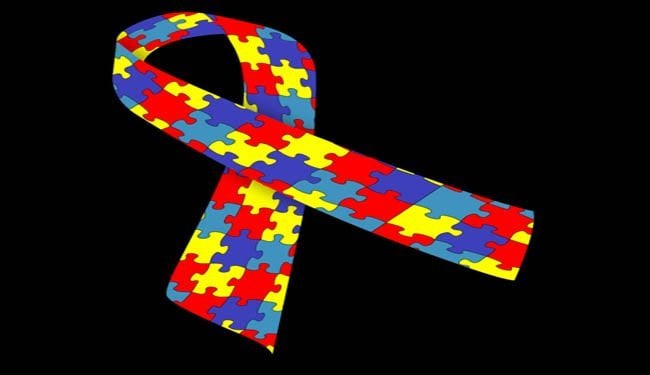In the first successful experiment with humans using a treatment known as sensory-motor or environmental enrichment, researchers documented marked improvement in young autistic boys when compared to boys treated with traditional behavioral therapies, according to research published by the American Psychological Association.
The rationale for the new treatment is rooted in the fact that autistic children typically have sensory problems, the most common involving smell and touch sensitivity. Building on decades of work in animals documenting the profound effects of environmental enrichment on behavioral and neurological outcomes, the authors of the study predicted that similar enrichment in autistic children would have beneficial effects.
“Because parents can give their child sensory enrichment using items typically available in their home, this therapy provides a low-cost option for enhancing their child’s progress,” said study co-author Cynthia C. Woo, PhD, a project scientist at the University of California Irvine.

The study, which was published online in the APA journal Behavioral Neuroscience, involved 28 autistic boys, ages 3 to 12. Researchers placed the boys in two groups based on their age and autism severity. For six months, both groups participated in standard behavioral therapy but boys in one of the groups also underwent daily environmental enrichment exercises.
Parents of each of the 13 boys in the enrichment group received a kit that contained essential oil fragrances such as apple, lavender, lemon and vanilla to stimulate sense of smell. For touch, the kit contained squares of plastic doormat, smooth foam, a rubber sink mat, aluminum, fine sandpaper, felt and sponges. The kit also included pieces of carpet, hard flooring, pillows, cardboard and bubble wrap that parents laid on the floor to create a multi-textured walking path. Items for the children to manipulate included a piggy bank with plastic coins, miniature plastic fruits and a small fishing pole with a magnetic hook. Many household items were also used, such as bowls for holding water at different temperatures for the child to dip in a hand or foot and metal spoons that parents would warm or cool and touch to the child’s skin.
Researchers instructed the parents of children in the enrichment group to conduct two sessions a day of four to seven exercises involving different combinations of sensory stimuli for touch, temperature, sight and movement. Each session took 15 to 30 minutes to complete. The children also listened to classical music once a day.
Following six months of therapy, 42 percent of the children in the enrichment group significantly improved in behaviors such as relating to people and responding to sights and sounds, compared to 7 percent of the standard care group, according to the study. The children in the enrichment group also improved on scores for cognitive function, which covers aspects of perception and reasoning, whereas the average scores for the children in the standard care group decreased. In addition, 69 percent of parents in the enrichment group reported improvement in their child’s overall autism symptoms, compared to 31 percent of parents of the standard care group, the authors wrote.
“Sensory enrichment may well be an effective therapy for the treatment of autism, particularly in children much past the toddler stage,” said study co-author Michael Leon, PhD, a professor of neurobiology and behavior with the University of California Irvine.
“This is an exciting study for several reasons,” said Mark Blumberg, PhD, editor of Behavioral Neuroscience. “It is well designed, it builds on established findings from numerous experiments using non-human animals and it addresses the critical need to find effective treatments for autism. The obvious next step has to be replication of these results in a larger-scale study.”
Before the experiment, most of the children in both groups were undergoing the standard treatment for autism, applied behavior analysis, which typically involves 25 to 40 hours a week with a trained professional for a number of years, the study said. Some children in both groups were also undergoing speech therapy, social skills therapy, physical therapy for fine motor skills or occupational therapy with different types of exercises. Most current therapies for autism must be started at a very young age to be effective, whereas environmental enrichment worked for boys at least to age 12, the study said.
The researchers are now conducting a larger randomized clinical trial that includes girls. Another important next step will be to test environmental enrichment therapy when a child is not also receiving other standard treatments, the authors noted.
Notes about this autism research
Contact: Michael Leon – UC Irvine
Source: UC Irvine press release
Image Source: The autism jigsaw ribbon image is available in the public domain.
Original Research: Abstract for “”Environmental Enrichment as an Effective Treatment for Autism: A Randomized Controlled Trial,”” by Cynthia C. Woo, PhD, and Michael Leon in Behavioral Neuroscience. The research will be posted online the week of May 20 2013. We will update with a link to the research when available.







